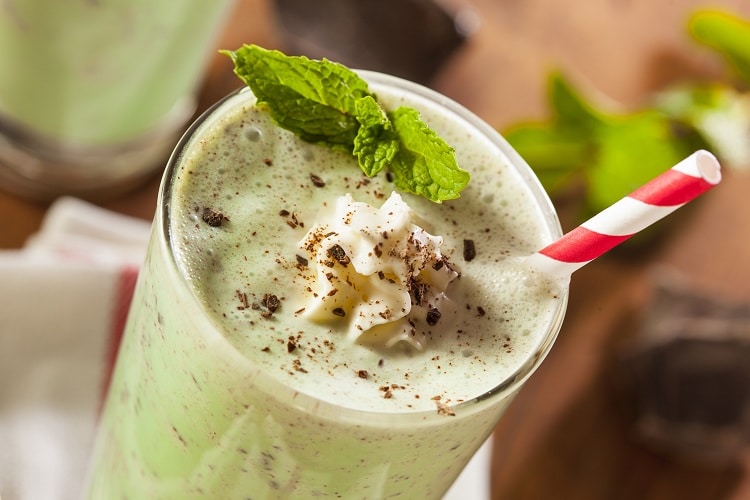We have all heard the story…sugar is bad for you!
We receive similar health messages through the wide variety of mediums we enjoy in the modern world: TV, internet, twitter, blogs, magazines, newspapers. In the face of all the evidence pointing to added sugar and health problems such as obesity, diabetes, tooth decay and more, why do we never seem to change our eating habits? If you find cutting back on sugar hard to do, here is an incentive that may work where all others have failed: too much sugar can cause wrinkles and premature aging of your skin.
Surprised? Intrigued? Read on.
In a study published in Clinics in Dermatology in 2010, it was reported that sugar damages the proteins in the skin called collagen and elastin, causing them to become dry and brittle which, in turn, leads to wrinkles and sagging.
How does it work? Through a natural process called glycation. During glycation, the sugar in your bloodstream attaches itself to proteins, forming new molecules that are harmful to the body. These “enemy molecules” are called advanced glycation end products (or AGEs). When AGEs build up, they cause damage to nearby proteins, especially collagen and elastin in the skin. Collagen is the most prevalent protein in the body and once damaged, it loses its resilience. The more sugar you eat, the more AGEs build up and consequently, the more damage to your skin.
Unfortunately, that’s not the end of the story. High-sugar diets not only damage collagen, they also change the type of collagen you have. We have three abundant types of collagen in our skin: types I, II, and III. Type III is a very stable and long lasting form…the kind we want for young-looking, firm skin. Type I collagen is the fragile kind that is more susceptible to becoming brittle and making the skin look wrinkled. During glycation caused by increased sugar, the resilient type III collagen is turned into the fragile type I collagen, causing the skin to look and feel less supple. Finally, AGEs make your skin more vulnerable to sun damage, the main cause of skin aging, by deactivating your body’s antioxidant enzymes. Convinced?
Is healthy skin a lost cause? No way! It is never too late to minimize or even reverse the damage caused by too much added sugar. You can use products such as serums and lotions that contain retinoids to help build new collagen, or you can save yourself some money and just start eating healthy. Cut back on the amount of added sugar you eat daily using the simple steps below. Your skin will thank you!
- Read food labels. It’s not easy to completely eliminate sugar, nor is strict dieting the answer. Every carbohydrate you eat (including fruits, vegetables, and whole grains) will eventually turn into sugar in your blood. However, you can limit the amount of added sugar you eat from processed foods and beverages. Reading labels is an important first step so you can actually see how much sugar you are eating in a day. Check out the nutrition facts label and ingredient lists to find sugar.
- Choose foods that do not come out of a package. Most added sugar comes from foods that are highly processed such as crackers, cakes, condiments, cookies, cereals, sugary dairy foods and especially beverages. Choosing whole foods such as raw fruits, minimally processed vegetables, whole grains and lean meats is one of the best ways to avoid added sugar.
- Skip the soda. Our No. 1 source of added sugar in America is from beverages, including soda, fruit drinks and energy or vitamin drinks. Watch out for beverages that sound healthful but are actually laden with added sugar. Check out the label and try to choose water instead.
Fun facts about sugar:
- The average American eats the equivalent of about 22 teaspoons of sugar every day. This is well above the recommendation by the American Heart Association of 6 teaspoons/day for women and 9 teaspoons/day for men.
- 1 teaspoon sugar = 4 grams
- Most Americans eat between 120-150 lbs of sugar every year…that’s approximately a person’s body weight in sugar!
- The scientific name for table sugar is sucrose
- The No. 1 source of added sugar in our diet comes from beverages.
- Even healthy-sounding beverages can have lots of added sugar. Snapple Iced Tea has 46-50g sugar in 16 ounces and Glaceau Vitamin Water has 32g sugar in 1, 20-oz bottle.
This sweet message is brought to you by The Chester County Hospital and Health System.



